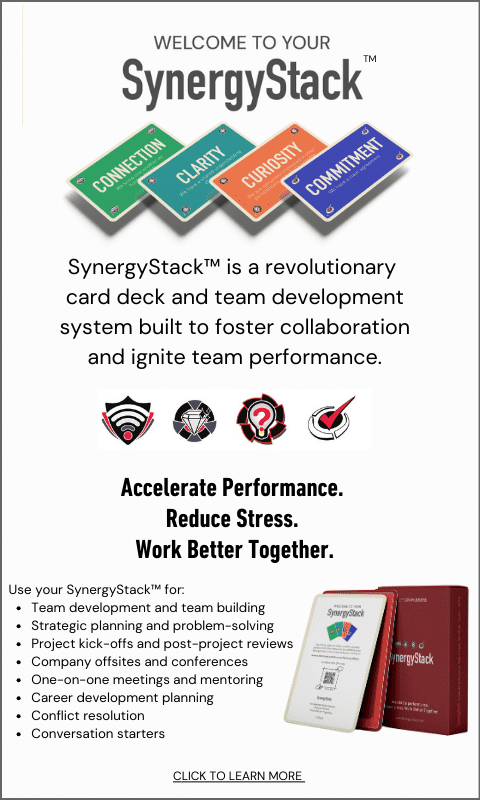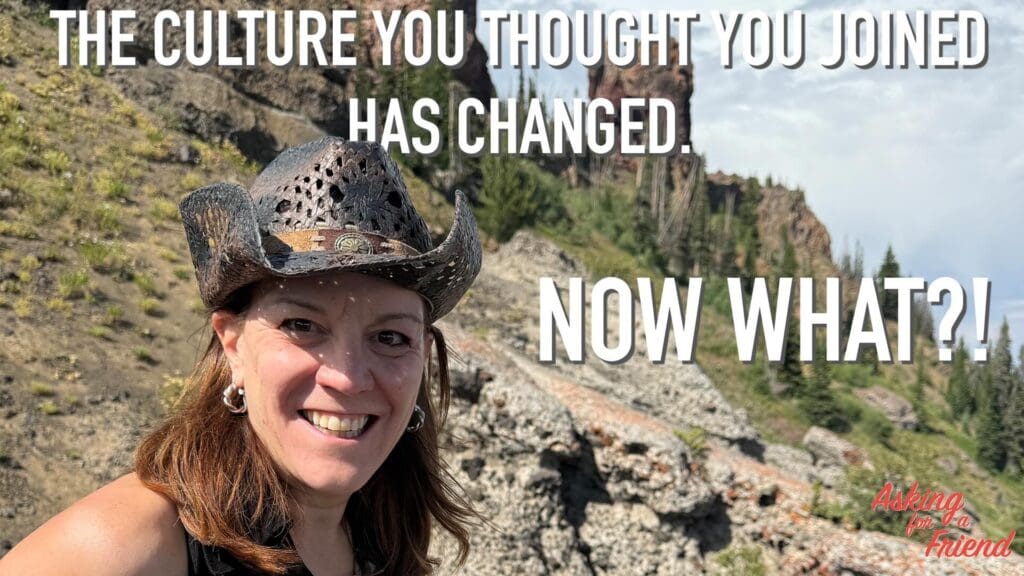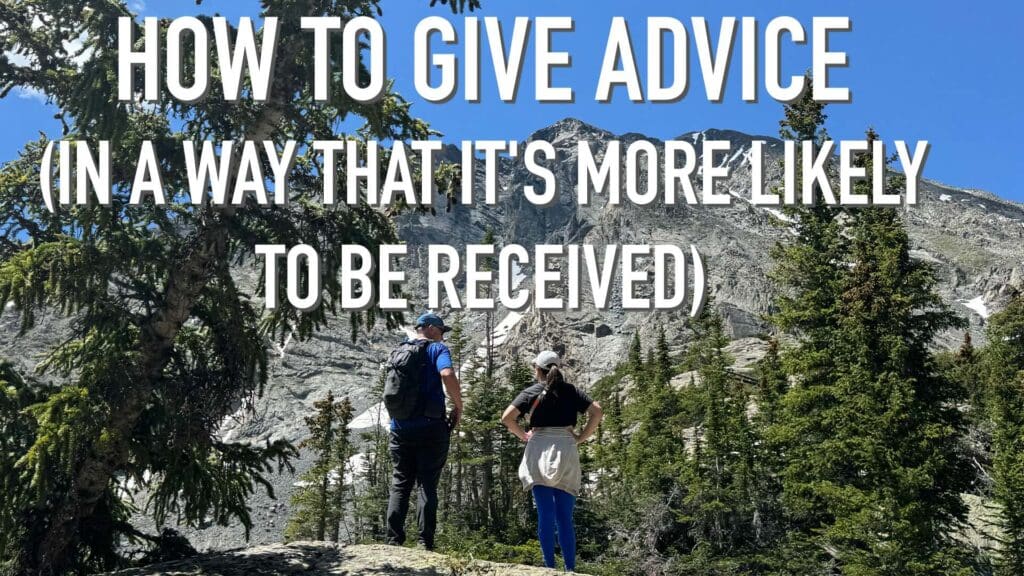What to do next when you inherit a team that feels like they’re operating in the Wild, Wild West.
You’ve inherited a new team and it’s not going well. Employees are doing who knows what, when, where, with all kinds of “hows” that don’t make sense… and you think: “What is UP with this dysfunctional team?
I had my old team so buttoned up, working like clockwork, maybe I should recruit some of those folks over and start fresh.”
Where to Start When it Appears You Have a Dysfunctional Team
Let’s start with this week’s Asking for a Friend, (from the road) in Dillon, Colorado.

The 4Cs of Collaboration will help.
I get it. It’s hard taking over a new team. And when you’re accustomed to a different level of performance, it’s easy to long for the “good ole days.”
And, as a human-centered leader you know what happens next is up to you. Here’s where to start if it feels like you’ve just been handed a dysfunctional team.
1. Invest in getting to know each team member at a human level. (CONNECTION)
The best way to build a new team is one person at a time. You will be able to go much faster if they know you know them, and that you have their best interests at heart.
Get to know them as people… understand their strengths, and what motivates them.
See Also: Better Teamwork: 12 Habits to Build Deeper Connection
2. Establish clear expectations (CLARITY)
One of the best cures for a dysfunctional team is clear expectations. Be clear about the MITs (Most Important Things) and help your team understand the clarity HABITS that will lead to success. Get specific about what you are asking them to do and why.
Don’t assume they SHOULD know. Check for understanding.
3. Get genuinely interested in what is working, why, and the strengths each team member brings. (CURIOSITY)
A few questions to ask yourself (and others)…
- Is this a dysfunctional team, or do they just need structure?
- What’s good about their Wild West ways?
- What’s working?
- Why do they do what they do?
If you have one of our SynergyStack™ team-building decks, the curiosity cards are a great way to frame the conversation and ask great questions.
4. Establish agreements about team accountability (COMMITMENT)
Get aligned on what accountability looks like. Focus on habits like “scheduling the finish” with clear expectations of who will do what, and by when. Make sure you’re setting clear expectations around accountability.
For more on commitment habits start here.
Your turn.
I’m curious. I would love to hear your turnaround stories of a dysfunctional or wild, wild west team.
Which of the 4 Cs of Collaboration made the biggest difference?








0 Comments